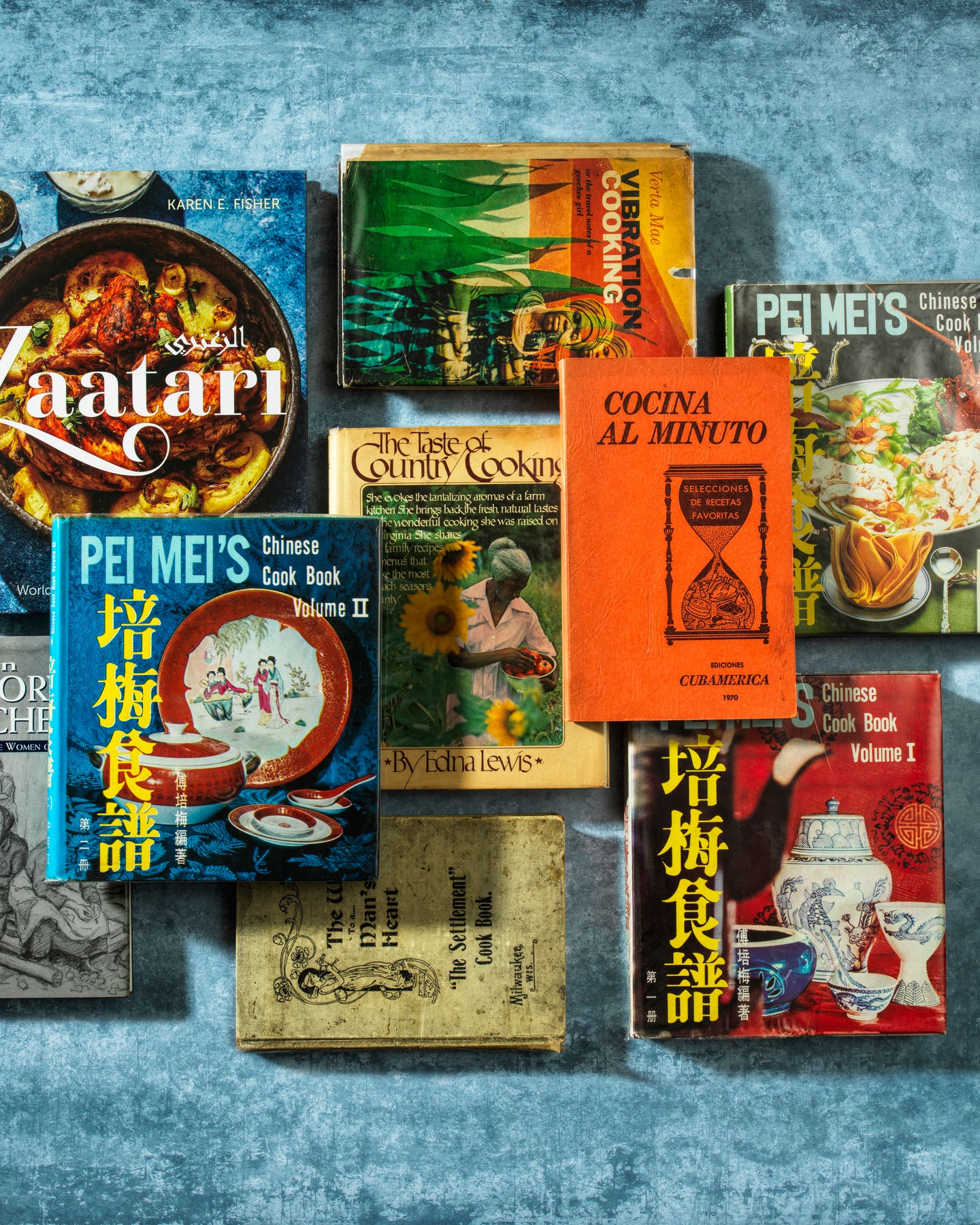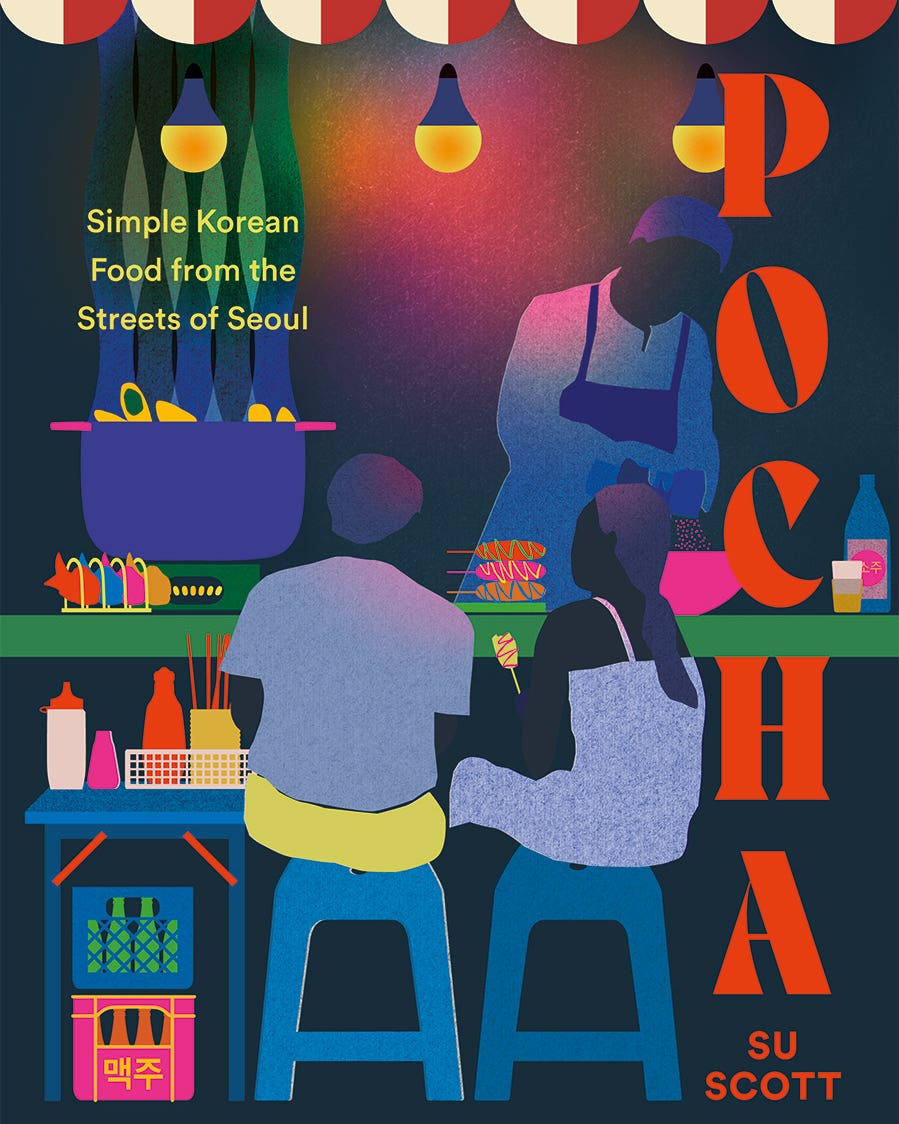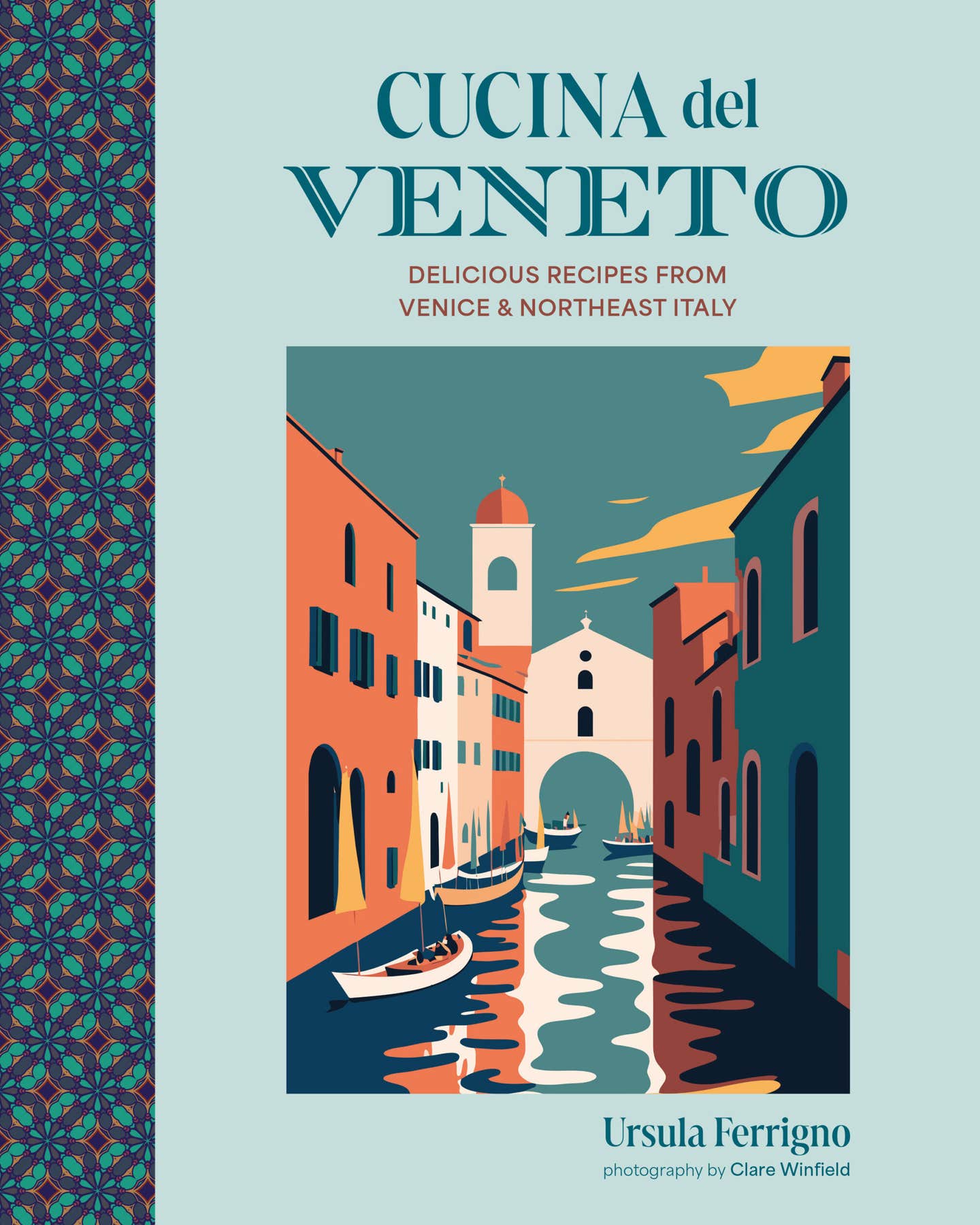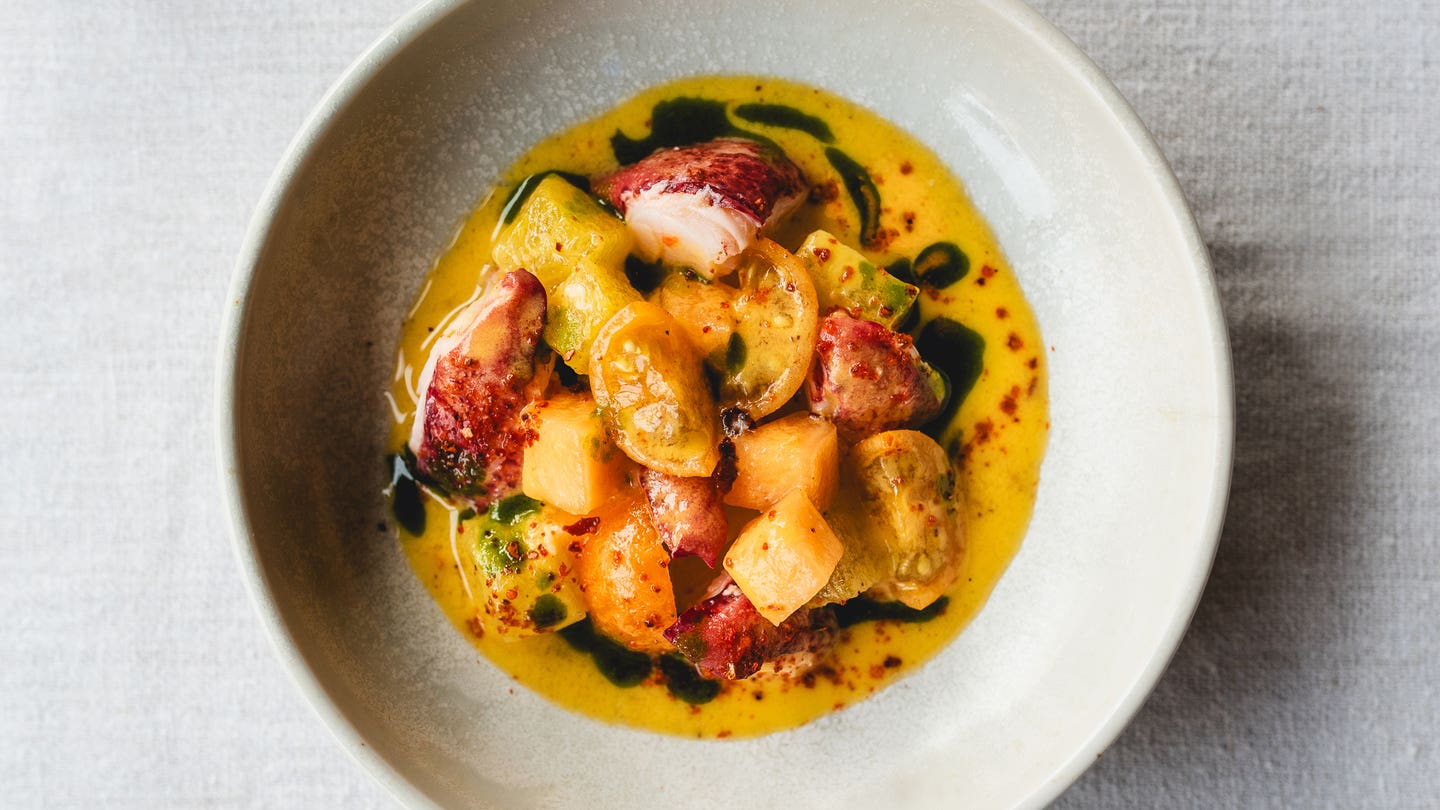In These Chilling Novels, Good Cooking Leads To Bad Behavior
Food has long been a literary symbol for gluttony and greed, but sometimes it takes on a more sinister spin.
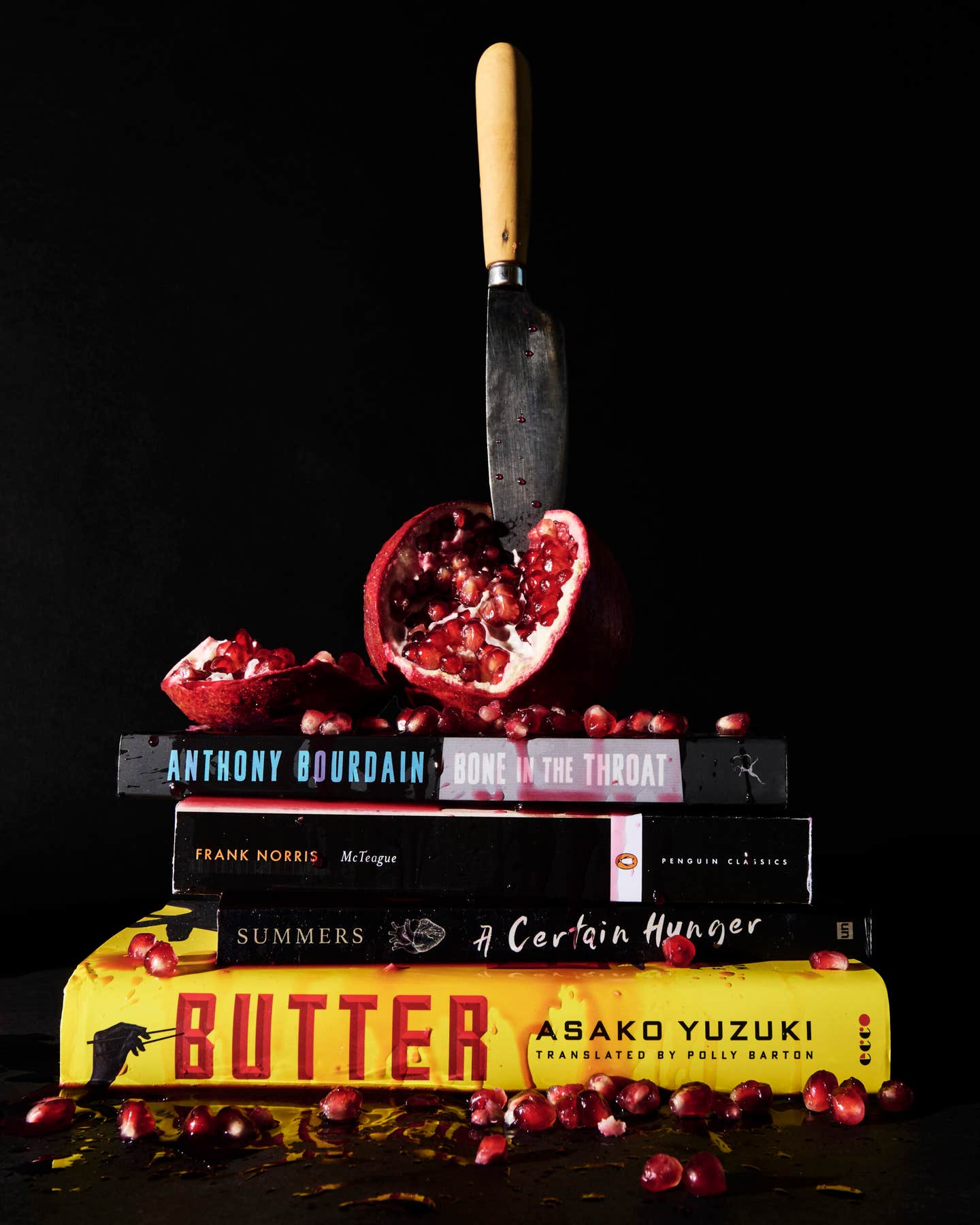
Where there’s a kitchen, there’s a good chance of blood—that’s the hook for countless mystery and crime writers as they sprinkle culinary intrigue throughout their novels. But the allure of good food might be even deadlier than the sharpest knife. Such is the threat in the 2024 translation of Butter by Japanese author Asako Yuzuki: Journalist Rika Machida finds herself face to face with a famed serial killer and food blogger, and the characters’ conversation quickly turns to home cooking. The murderer’s recipe for freshly cooked rice, studded with cold slivers of French butter and drizzled with soy sauce, intrigues Machida. Upon replicating the dish at home, the protagonist finds herself lost in its pleasures, falling into an affinity with the notorious killer, a trap tinged with gastronomic awe.
Food as a narrative device is nothing new. Since Eve ate the apple, we’ve paid attention to food in all forms of literature, and, as in life, good cooking can be the grounds of many a fictional seduction. Food-centric thrillers of the “culinary-cozy” genre are often peppered with recipes authored by amateur bakers or cooks-turned-sleuths, but, as in Agatha Christie’s Miss Marple novels, they tend to focus on the detectives’ appetites. There’s something darker—and more intoxicating—to explore in the palates of villains, and in the ties between growing appetites and criminal tendencies. In Frank Norris’ naturalist novel McTeague (1899), the title character’s growing greed ultimately leads to bloodlust, all while the sophistication of his eating habits increases. As the “animal in him awoke,” Norris writes, McTeague became more conscious of his appetites—and incapable of resisting them.
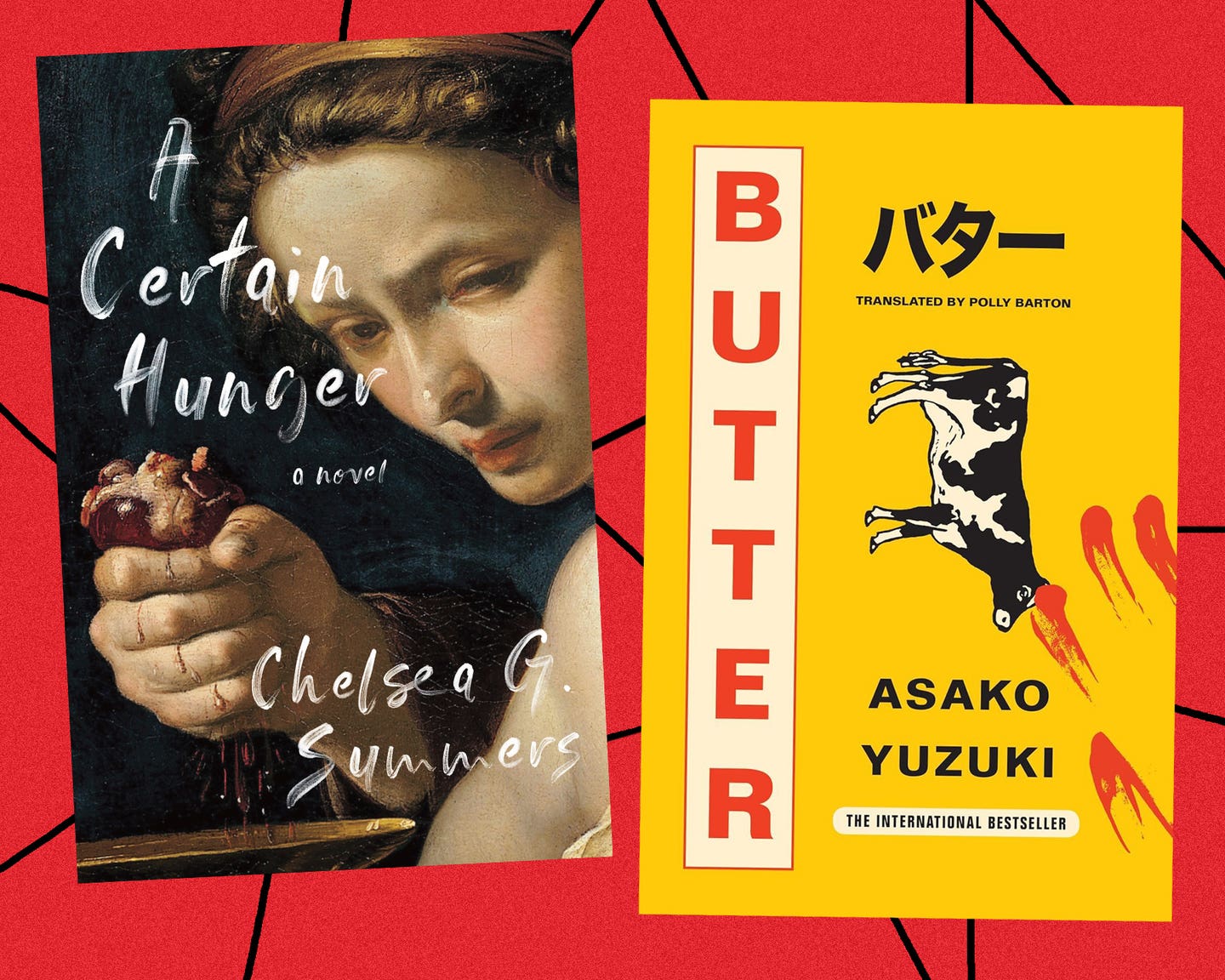
The danger of over-indulgence was a literary device in countless Victorian novels, yet as English writers mastered the mystery genre in the 1920s and ’30s, food itself became a murder weapon, frequently wielded by those hoping to combat social mores. In Strong Poison (1930), novelist Dorothy L. Sayers sets her detective Lord Peter Wimsey in direct conflict with Harriet Vane, a mystery writer accused of killing her lover. The deceased gentleman—especially fond of rustic English home cooking—and the femme fatale, bristling against the limitations of Victorian domesticity, refuses to accept a conventional marriage. Suspected of poisoning her mate, Vane’s culinary gifts are among her most dangerous charms.
Later in the 20th century, noir novels played more overtly with violence in the kitchen. Anthony Bourdain’s crime novels made this room the site of both culinary artistry and murder. Whether following a scrappy chef in New York’s Little Italy after witnessing a mob hit in Bone in the Throat (1995), or tracking FBI informants on a Caribbean holiday in Gone Bamboo (1997), in Bourdain’s fictional world, murder and the allure of cooking live side by side—especially when the crime boss happens to have a killer recipe for lobster sauce.
Gourmand murders such as these are irresistible because they make their villany so appetizing, serving up a body count with gastronomic flair. While Thomas Harris’ iconic Hannibal Lecter paved the way for cannibal protagonists, the good doctor has since found excellent company among more recent epicurean villains. The fanatical Oxford academics of Ian Flitcroft’s The Reluctant Cannibals (2013) are so busy planning their underground supper club that they fail to question just how far they might go to expand their palates. When the opportunity arises to turn the deceased into dinner, as it does in Chelsea G. Summers’ A Certain Hunger (2020), the food critic protagonist finds it impossible to look at a corpse again without considering its potential in a hearty braise. Taking a page from Lecter, these characters believe so fully in the power of a good meal that they go to violent ends to procure the right ingredients.
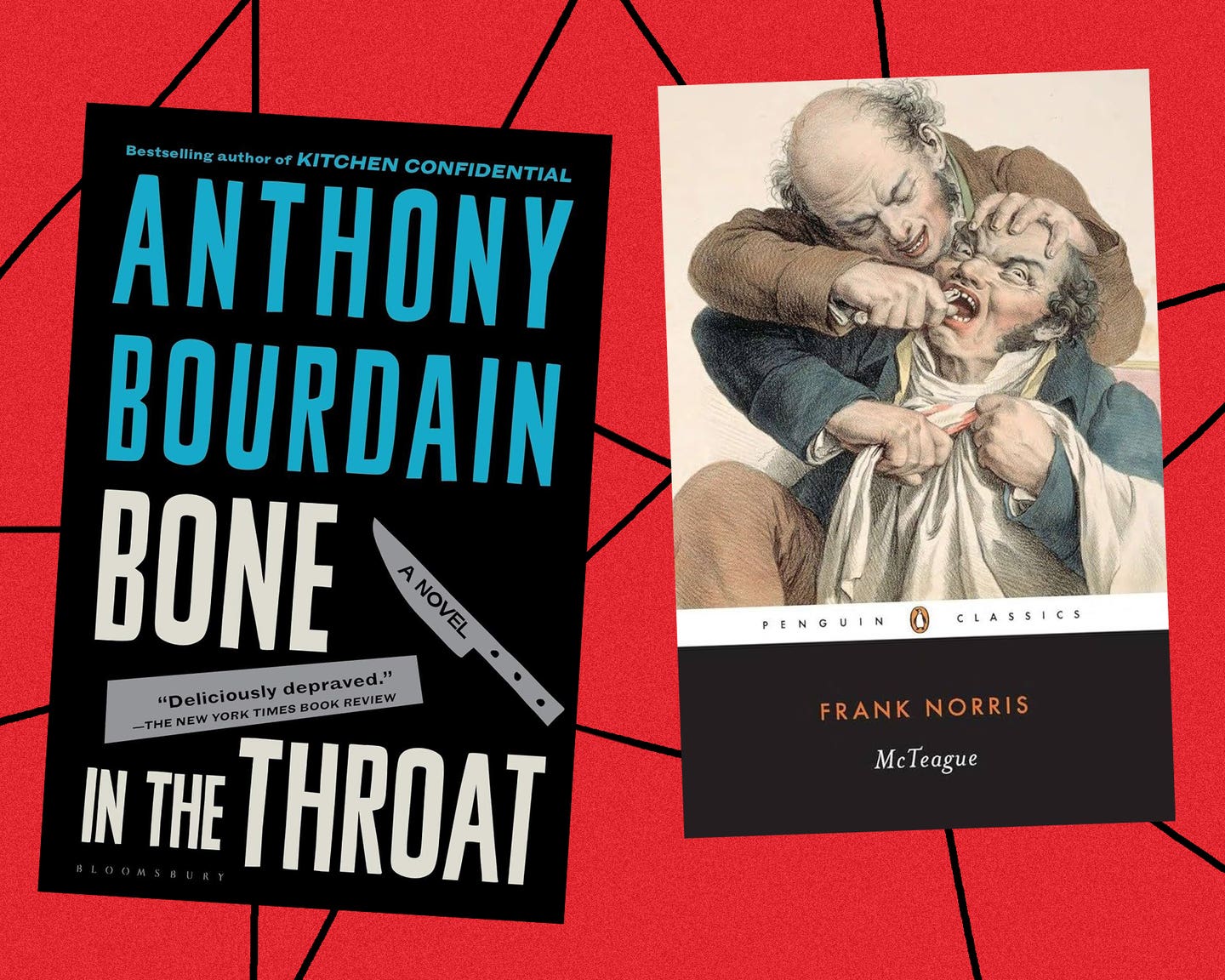
As we sink our teeth into our next great dining experience, it’s worth pausing to ask: Is there a vast difference between savoring a meal and a novel? The best food fiction is meant to tempt, and we fall in love with the culinary stylings of so many villains because they enrapture us with the details of what they crave, cook, and eat. In John Lanchester’s superb The Debt to Pleasure (1996), food writer Tarquin Winot sprinkles in clues to his homicidal nature among his “gastro-historico-psycho-autobiographico-anthropico-philosophic lucubrations.” We fall for Winot not just for his good taste but because he grants us access to the exclusive world of fine dining; only too late do we realize what it means to join him at the table.
In new titles this fall from Rumaan Alam (Entitlement), Alan Hollinghurst (Our Evenings), and Jacquie Pham (Those Opulent Days), set in the decadent realms of the upper crust, elitist appetites make way for gluttony of other sorts: A criminal is more likely to guzzle gin or snort opium than enjoy a four-course meal, with inevitable violations not far behind. Yet even as the crimes or the forms of intoxication evolve, the power of the symbolic meal persists. For, as suggested in Alam’s novel, when a plate of oysters appears at a business dinner, it’s a sign that other bottom feeders are lurking nearby, hoping to snatch up the pearls.
Keep Reading
Continue to Next Story
